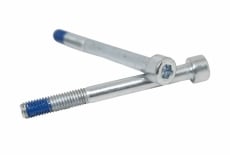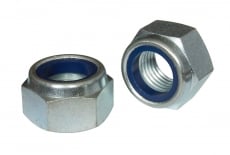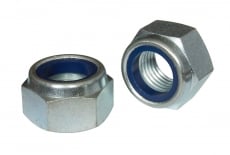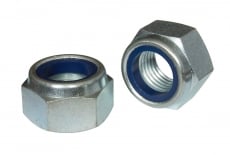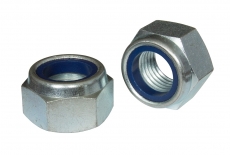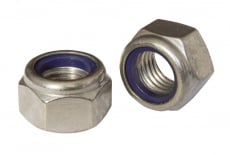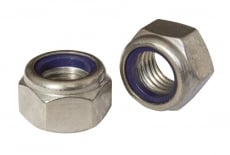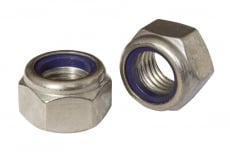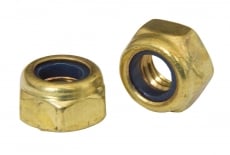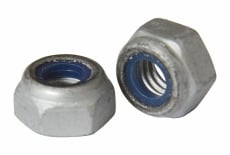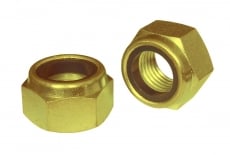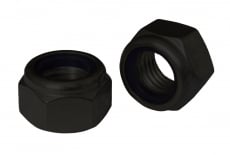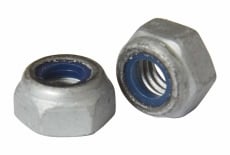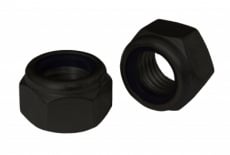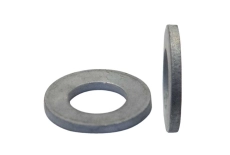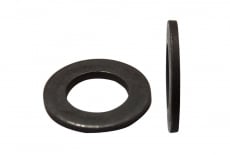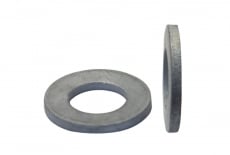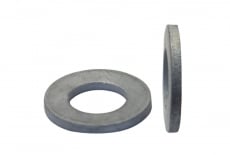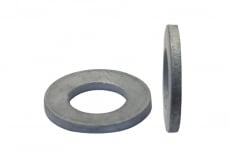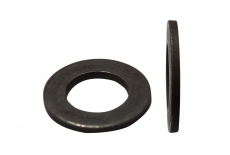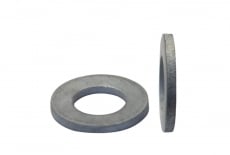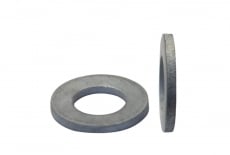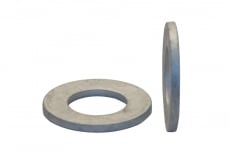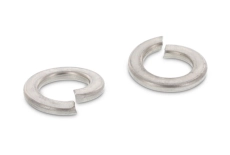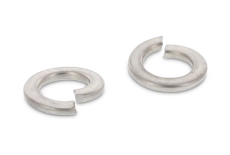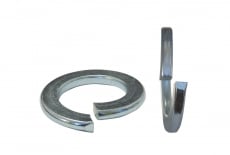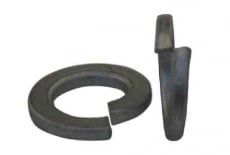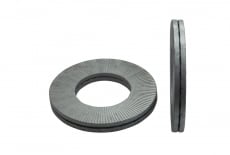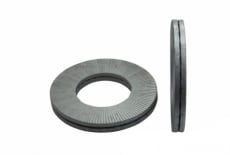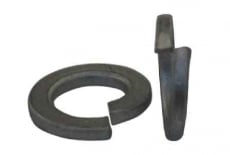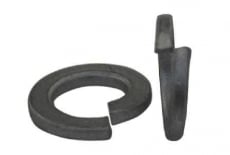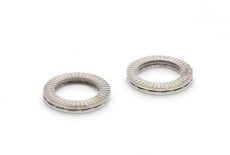The safety issue of vibration loads on bolted joints is of constant interest among product developers, manufacturing professionals, industrial engineers, and maintenance and safety professionals. This is for an obvious reason: safety is always a priority.
Causes of involuntary loosening of the threaded connection
A threaded fastener can be loosened for various reasons, there are several mechanisms that can lead to a loss of fastening torque. Some of the most common mechanisms for loosening a threaded fastener include the following:
- Vibration: Continuous vibration can cause the threaded fastener to loosen due to movement and loosening of nuts or bolts. A large amplitude or high frequency of vibration can contribute to this process. The use of spring washers, lock nuts, or adhesives can help prevent vibrational loosening.
- Tightening torque: Improper tightening torque when connecting threaded elements can lead to loosening of the threaded connection. Insufficient torque may not provide sufficient holding power, while excessive torque may damage the threaded elements. It is important to use the correct tool technique and follow the manufacturer's recommendations for tightening torque.
- Corrosion: Corrosion can affect the quality of the threaded fastener and lead to its weakening. Corrosive scale or oxidation can create a barrier between threaded surfaces that reduces friction and holding power. Regular maintenance, corrosion protection, and the use of special coatings or lubricants can help prevent corrosion weakening.
- Temperature: Expansion or contraction of materials changes the mechanical properties and dimensions of threaded connections. At high temperatures, materials can expand, which can lead to loosening of the fastener. At low temperatures, materials can shrink, which can also affect fasteners. The use of materials with stable mechanical properties under temperature changes or the use of compensating elements can help avoid weakening.
These are just some of the common mechanisms for loosening a threaded fastener. Specific conditions and production factors can also affect the stability of the threaded connection. It is important to consider these factors when designing and operating threaded fasteners to ensure reliability and safety.
Checking for involuntary loosening of the threaded connection
| Knowing which fasteners can withstand vibration loads helps to choose appropriate materials, structural solutions and fastening methods that ensure the reliability and safety of the system for a long period of time. Having such information is important for engineers involved in the design and development of connections and structures with a long service life. The Junker test allows you to conduct a comparative assessment of various fastening elements and choose the optimal solutions for a specific application, ensuring a long service life of the connections. |
.jpg) |
Video test of a threaded connection: reliability and strength with the Junker test
Threaded connections are an important component of many industrial sectors, including construction, engineering and the automotive industry. In our video, you will see how the Junker test is applied to a threaded connection in practice.
In the video we try the products:
The value of this project is testing the reliability of our mount in the laboratory. Thanks to which it will be possible to more confidently make a choice in fastening and guarantee that it will serve for a long time and reliably, even in extreme conditions!
The test was conducted jointly with the Polish partner company Argip.
What is the Junker Vibration Test?
The results of this test provide design engineers with information about the safety of the joint structures and the effectiveness of the fasteners used.
One of the interesting aspects of this type of test is to determine how long the pre-tension is maintained, as well as in which elements it decreases and by how much. Sometimes the previous tension is completely lost, which can create serious problems.
This test allows you to evaluate the stability of the fastener under the influence of vibration loads and identify problems with the preservation of pre-tension.
The test results help to determine the reliability and safety of the fastening in specific operating conditions.
When should the Junker vibration test be performed?
In all situations where connections are exposed to vibrations, high requirements are put forward for fastening elements. This is especially true for applications in the field of railway engineering and aviation, where connections are subjected to high dynamic loads. Internal vibrations of components can cause micro-movements and spontaneous loosening of screws if the fasteners have not been properly secured. This situation must be avoided at all costs. The Junker test allows you to determine whether your fastener can withstand these loads and remain reliable.
How the testing process works
The Junker test according to DIN 65151 reflects the loss of prestressing force as a function of the duration of transverse dynamic loading. To carry out this test, the screw is fixed on a special test rig, and the clamped components are subjected to a transverse dynamic load. A load cell is used to measure and record the prestressing force throughout the test with a constant transverse load.
This test not only allows you to test specific fasteners, but also allows direct comparison with alternatives. Our short video shows exactly how this test works in practice, demonstrating the process and results of the test.


 Bolts (1)
Bolts (1) Nuts (15)
Nuts (15) Washers, rings (32)
Washers, rings (32)